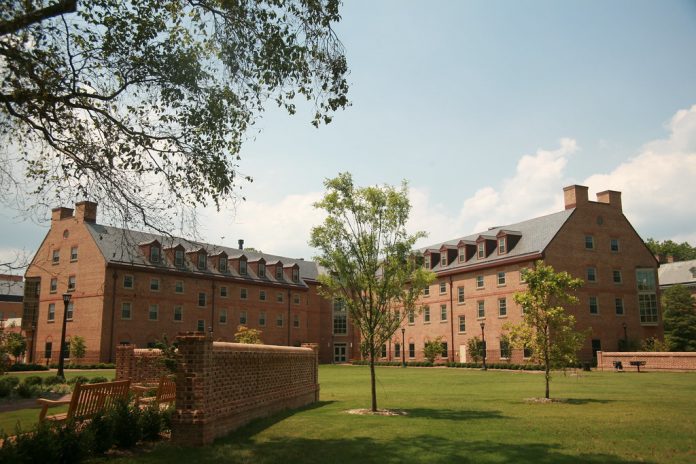Jan. 22, 1973, following years of legal efforts and local legislative victories, abortion supporters heralded Roe v. Wade’s decision to grant a constitutionally and federally recognized right to abortion.
The following year, opponents of this radical redefinition of American rights created what has become an annual rite in Washington, as well as many other major cities across the United States and the world.
A synthesis of sorrow and determination, the March for Life has drawn hundreds of thousands every January to condemn what they know to be one of the most destructive events in human history.
Among the other 46 often cold, rainy and snowy Marches for Life, this year was particularly notable. For the first time, the President of the United States spoke before the crowd of protesters. Despite polarizing those even within the crowd, the President’s presence demonstrated the continued relevance of the pro-life battle against what has become one of the most entrenched values in modern society.
The marchers are an eclectic bunch. Besides potentially being the largest gathering of priests, nuns, religious sisters and Catholic laity outside of a papal audience, the march hosts people of various faiths and many who are not religious at all.
Just beside a throng of energetic Louisianan diocesan high school students, a bright blue banner bearing “Secular Pro-Life” guided a smiling following. Further along, a group of women held black signs declaring themselves “Pro-Life Feminists” at waist level. Stenciled on a red poster board was “Medicare for All, Abortions for None,” brought to you by the Democratic Socialists of America Pro-Life Caucus.
What never fails to impress is the joy carried in most who trek from the Washington Monument to the Supreme Court. Certainly, there are some who will indulge in what they oppose.
But many more remain committed to bringing themselves forth as happy representatives of a movement determined to dismantle a society of death.
Indeed, in their awareness that what they stand against is legalized and systemic violence, the marchers refuse the violent and armed confrontations that have recently plagued demonstrations pertaining to similarly divisive issues. Even while marking the somber anniversary of a Supreme Court decision that legalized the deaths of millions of the unborn since 1973, the enormous crowd shows great energy and hope, bearing witness to the beauty of a culture of life.
Everyone is united by the importance of the cause for which we march. Ultimately, the pro-life movement is built on love: for unborn children, for mothers and for every human life, from conception until natural death.
The joy in the vast crowd at the March is palpable because, even in the face of a tragic decision, this peaceful protest celebrates the inherent value of every life and looks forward to the day when our laws will protect the most vulnerable among us.
Every year, these happy warriors traverse roadways, airports and the Beltway in hopes that this will be their last such journey––that this may be the time when their leaders listen and move for change. Until such a just day, however, the March for Life will not cease.
Email Patrick Britti at
mpbritti@email.wm.edu
and Anne Whelan at
acwhelan@email.wm.edu.

